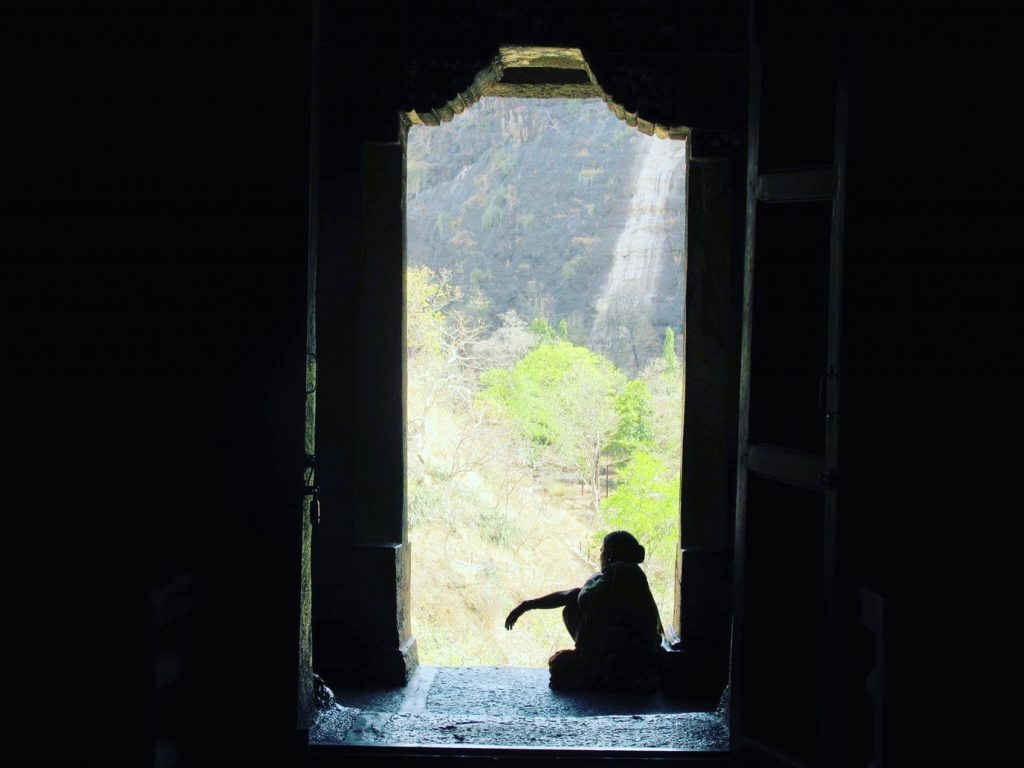
Are women in the global south ‘victims’ or ‘saviours’ in the face of environmental challenges?
by Honor Gitsham
Editor Update: This article was selected as runner up in our 2018 Blog Prize competition. Well done Honor.
Today, despite what Trump tweets, a significant global social challenge that we face is an environmental one; characterised by multiple, intersecting factors including climate change, water security, energy crises, deforestation, and food security. Because of the way in which these challenges affect our lives – causing social hardship and conflict – and because they are a result of human activity, they are fundamentally, social and political challenges.
It is important to note that these challenges are global; however, they have a greater impact on those living in low-resource, low-income areas typically associated with the ‘global South’. Therefore, this post will discuss environmental challenges in the context of the ‘global South’.
And although these challenges affect us all, they affect men and women differently: 90% of Asia’s rice is cultivated by women and 70% of subsistence crops in Ghana are produced by women (Baylis, Smith and Owens, 2017). Therefore, women are more vulnerable to seasonal fluctuations in employment and income – as well as being directly affected in cases of environmental degradation (Agarwal, 1992). Furthermore, resource distribution is affected by gender differences – often meaning women have inadequate diets in comparison to men. Again, in cases of fewer resources due to environmental challenges, women are “most adversely affected” (World Food Programme, 2018 and Agarwal, 1997, p. 136). Structural inequality also means that women are more vulnerable to the loss of common resources (land and water) (Shiva 1989; Agarwal, 1997; Roucheleau, 1996). Finally, women are often excluded from political spheres of influence where decisions affecting their day to day lives in the context of environmental challenges are made (Meinzen-Dick, Kovarik, Quisumbing, 2014).
In light of this evidence, it seems clear that women, and women in the ‘global South’, are “most adversely affected by environmental degradation” (Agarwal, 1997, p. 136). But I’m interested in how women are portrayed and if it is effective in achieving sustainable outcomes for gender equality and the environment?
Women in the ‘global South’, are not only often portrayed as victims, but as victims needing to be saved by the West: Spivak (1988) criticised the way in which women in the global South are often depicted as ‘an object of protection from her own kind’; ‘white men saving brown women from brown men’ (Baylis, Smith and Owens, 2017, p. 198-199). This attitude towards women in the global South prevails in the context of environmental challenges, especially in Western media: “Women are the victims of climate change – and the keys to climate action”.
 By portraying women as ‘victims’, I argue that it distracts from the structural inequalities women face and instead, reinforces Western stereotypes of women in ‘the Third World’ as powerless and needing to be saved. In an article by The Independent, it explicitly ignores such structural inequality by attributing the fact that “[…]women are 14 times more likely to die during [a] disaster” to vague phrases like “differences in capacity to cope”, further reinforcing gender stereotypes of women as weak victims in contrast to strong, male survivors. In the same article, Hillary Clinton paints a pitiful picture of women in the global South: “[…]toiling to grow enough food to feed their own family” . Yes, women are affected differently by climate change, but by portraying women as victims merely perceives women who live outside of the West as ‘others’ and fails to address why these differences exist or propose possible solutions that could empower, instead of pity them.
By portraying women as ‘victims’, I argue that it distracts from the structural inequalities women face and instead, reinforces Western stereotypes of women in ‘the Third World’ as powerless and needing to be saved. In an article by The Independent, it explicitly ignores such structural inequality by attributing the fact that “[…]women are 14 times more likely to die during [a] disaster” to vague phrases like “differences in capacity to cope”, further reinforcing gender stereotypes of women as weak victims in contrast to strong, male survivors. In the same article, Hillary Clinton paints a pitiful picture of women in the global South: “[…]toiling to grow enough food to feed their own family” . Yes, women are affected differently by climate change, but by portraying women as victims merely perceives women who live outside of the West as ‘others’ and fails to address why these differences exist or propose possible solutions that could empower, instead of pity them.
If not portrayed as ‘victims of climate change’, women are portrayed as what Leach (2014) termed ‘sustainability saviours’. Ecofeminism has suggested that women have an inherent drive to conserve, because, biologically, they are more connected to nature (becoming pregnant or having menstrual cycles). Ecofeminism also contests that because women have historically been oppressed by men, a fight against man’s control and destruction of the planet is a fight against their own oppression. Hence, why women are supposed ‘sustainability saviours’.
I believe this idea to be problematic because it suggests women’s experience of oppression is all the same, which is far from the case being influenced by other forms of inequality (class, caste, race etc). Secondly, it implies women’s biological nature to care (for the planet and other things) cannot be changed; reinforcing gender stereotypes. Thirdly, it adds to women’s unpaid labour – in Rajasthan, India, environmental sustainability interventions targeting women increased their unpaid workload and became a burden, rather than a form of liberation (Torri, 2010 cited in Meinzen-Dick, Kovarik, Quisumbing, 2014).
Although it is important to consider the ways in which environmental challenges differently affect women, it is equally important to avoid portraying women as victims in the face of environmental degradation — distracting from the structural inequalities that cause these differences or keep women from adopting sustainable practises themselves — and as ‘saviours’ — burdening women with further unpaid work, reinforcing gender stereotypes and neglecting the vast diversity between such a collective group.
Offline references
Leach, Melissa, ed. 2015. Gender Equality and Sustainable Development. 1 edition. London ; New York: Routledge.
Meinzen-Dick, R., Kovarik, C., Quisumbing, A. R. (2014) Gender and Sustainability Washington; DC: International Food Policy Research Institute.
Agarwal, B. (1992) The Gender and Environment Debate: Lessons from India. Vol. 18. No. 1. Feminist Studies, Inc.
Kinsella, H.M. (2017) Feminism, in Baylis, J., Smith, S. & Owens, P. (eds.) The Globalization of World Politics 7th ed., Oxford: Oxford University Press, pp. 189-203. [Ch. 12]

0 Comments